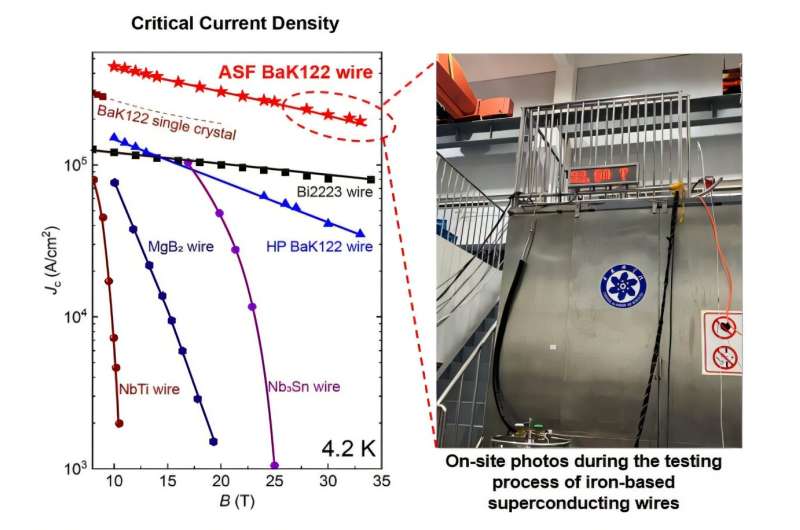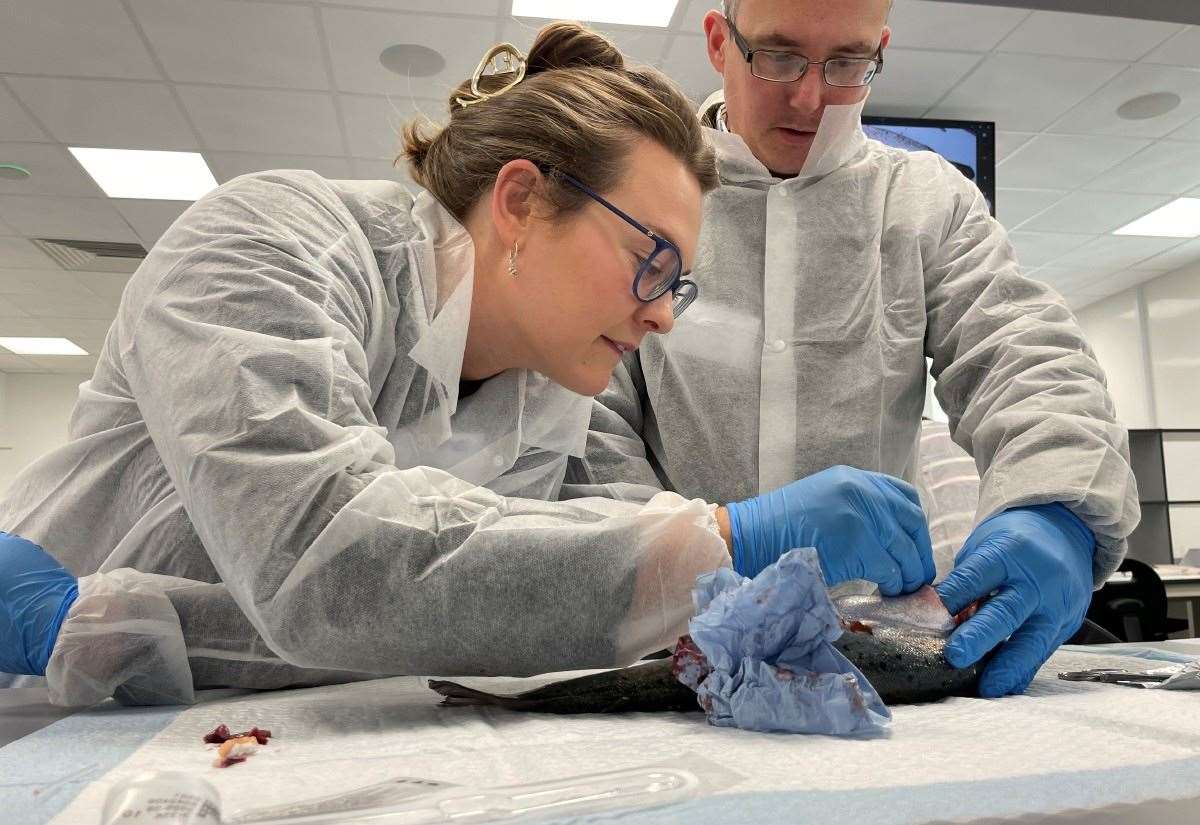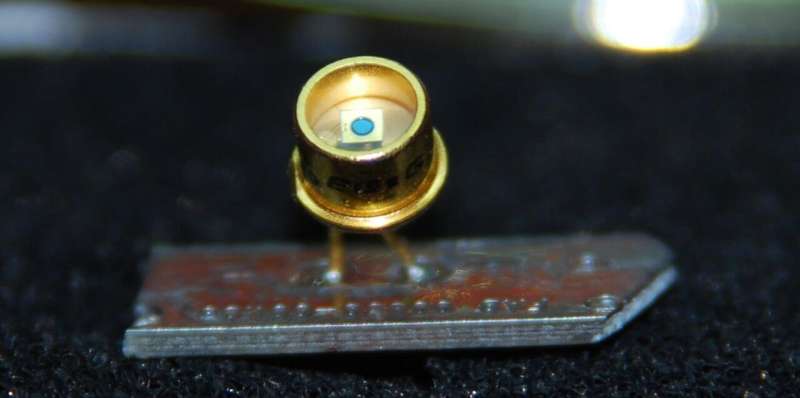A research team led by Prof. Ma Yanwei from the Chinese Academy of Sciences (CAS) has achieved a significant breakthrough in the performance of iron-based superconducting wires. Their innovative approach, which involves asymmetric stress engineering, has dramatically improved the current-carrying capacity of these wires, establishing new global records. The findings were published in the scientific journal Advanced Materials.
The research team developed a method to create high-density flux pinning centers within the superconducting material by applying an asymmetric stress field. This method was crucial for enhancing the performance of iron-based superconductors, which are essential for advanced technologies such as particle accelerators and magnetic resonance imaging systems.
Breakthrough Methodology and Results
Traditionally, iron-based superconductors have faced challenges due to their brittle lattice structures, making it difficult to introduce the necessary flux pinning centers for high performance. In this study, researchers utilized scalable extrusion technology to achieve precise control of hydrostatic pressure and shear stress. This technique induced localized lattice slip and twisting within the crystal structure, resulting in a significant increase in the density of dislocations.
Through further optimization via heat treatment, the researchers formed ordered arrays of these dislocations, effectively creating a network of flux pinning centers. The results are noteworthy: the critical current density (J c) of the engineered wires improved dramatically, reaching 4.5×10^5 A/cm² at 10 tesla (T) and an impressive 2.1×10^5 A/cm² at 30 T, a fivefold increase over previous performance benchmarks.
Testing these high-performance wires required magnetic fields exceeding 30 T, a feat made possible by the Steady High Magnetic Field Facility (CHMFL) at the Hefei Institutes of Physical Science of CAS. Prof. Ma emphasized the role of CHMFL’s water-cooled magnet, WM5, in providing the necessary experimental conditions to validate the current-carrying capabilities of the wires under extreme situations.
Implications for Future Technologies
This research not only sets a new standard for iron-based superconducting wires but also paves the way for their practical application in cutting-edge technologies. The low-cost approach to developing high-performance materials could accelerate advancements in various fields, particularly in high-field technologies that rely on superconductivity.
The successful collaboration and innovative techniques employed by the CAS team signal a promising future for the integration of superconductors in everyday technology. The team hopes that these findings will lead to broader applications and further improvements in the field.
For more details, refer to the study by Meng Han et al, titled “Asymmetric Stress Engineering of Dense Dislocations in Brittle Superconductors for Strong Vortex Pinning,” published in Advanced Materials in 2025 (DOI: 10.1002/adma.202513265).







